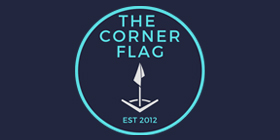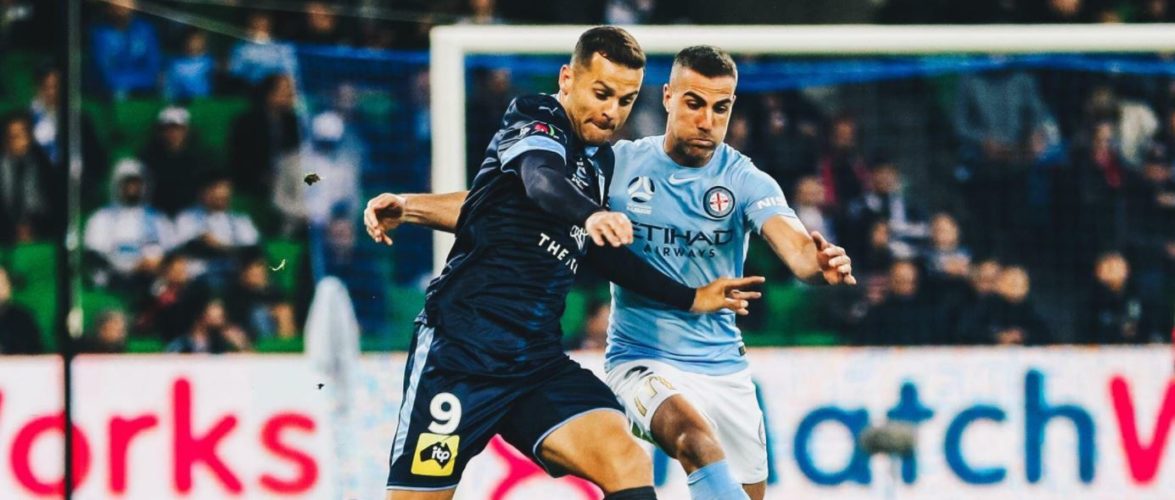Image: Dion Fountas
When Peter Bosz’s Ajax took to the field to take on Manchester United in last May’s Europa League Final in Stockholm, the average age of their starting eleven was just 22.18 years of age. Despite losing the match to their more illustrious opponents, their run to the final was a remarkable achievement for the Amsterdam-based club, which is home to the world’s best football academy. Since then, four of the starting eleven have moved on, with Davy Klaassen (Everton), Jairo Riedewald (Crystal Palace) and Davinson Sanchez (Tottenham) all securing big-money moves to the Premier League, and Ajax consolidating their reputation as football’s version of Nick Bollettieri’s Florida-based IMG Tennis Academy.
The 1995 European Champions received over 80 million euros in transfer fees for the trio, with only Sanchez arriving in Amsterdam on a transfer the previous summer when the Dutch giants signed the relatively-unknown Colombian centre-back from Atletico Nacional for a fee of 5 million euros. Also arriving that summer was 33-year-old defender Heiko Westermann, who had amassed over 300 Bundesliga appearances and represented Germany 27 times. Despite his high-profile statute, Bosz elected to field 17-year-old academy graduate Matthijs de Ligt alongside 20-year-old Sanchez in the heart of the defence for much of the campaign, and in the process unearthed a player tipped by many to be the next great Dutch centre-half.
Closer to home, such an emphasis on youth and promotion from within played a substantial part of Melbourne Knights’ domestic success in the mid-90s. Their proudest son, Mark Viduka, ultimately enjoyed a successful career overseas which culminated in his status as an elite Premier League marksman. In that period of time, his childhood club reaped the rewards of their development by receiving proceeds from Viduka’s subsequent transfer fees. This money was then put back into the club, with the impressive Mark Viduka Stand a fitting tribute to the V-Bomber. More recently, the Central Coast Mariners and Melbourne Heart made substantial profits from the sale of emerging youngsters earlier in the decade, including the likes of Mustafa Amini, Aziz Behich, Curtis Good, Tom Rogic, Mat Ryan and Trent Sainsbury.
Yet despite this, creating a conveyor belt of talent seems little priority to the majority of A-League clubs in the present. Those sentiments were expressed yesterday by Graham Arnold, manager of table-topping Sydney FC who are short odds to defend their A-League title. 54-year-old Arnold was manager of the Mariners at a point in time when the unfashionable Gosford-based outfit made a cool $6 million of the sales of several of its most distinguished playing staff. Reacting to grievances made by rival A-League coaches about the loss of several Olyroos to international duty, Arnold stressed the A-League was not a development league. The former Socceroos coach admitted he deliberately avoided recruiting younger players to ensure his title-winning team was not affected by international duty. Yet for all of Arnold’s justifications, the lack of young player promotion in the A-League is a cause for concern, not celebration.
Sydney FC are widely being lauded as one of the best club sides in Australian football history – and rightly so with the Sky Blues only losing once in their past 42 league matches – but their playing squad is based entirely on an experienced vanguard. The three-time A-League Champions are the oldest side in the league this season with the average age of their starting XI being 30.16 years of age. John Aloisi’s Brisbane Roar side have been nicknamed ‘Dad’s Army’ by some sections of the press and at present include 10 players aged 30 and over. The much-improved Newcastle Jets (26.15) and mid-table Adelaide United (25.70) have the two youngest starting XIs on average this term, with the average age of A-League starting XIs being 27.64.
Instead of encouraging recruitment from within with renewed emphasis on young players, most A-League clubs prefer tried and tested options when it comes to filling up their player rosters. A major source of discontent on the terraces is the amount of times players seemingly get passed around from club to club without ever truly making an impact both on and off the field. A closer inspection of the A-League’s marksmen shows that Berisha, Bobo, Kaluderovic, Keogh, McCormack, Maccarone, O’Donovan and Riera are all on the wrong side of 30 and lack the star power or pedigree that messrs Yorke, Del Piero and Heskey had on the competition. With this in mind, it is little wonder why Australia has so few options going forward, with Tomi Juric being the only Australian forward of note playing week-in week-out at a level higher than the A-League overseas.
Nonetheless the original point about A-League clubs prioritising short-term success over long-term gains from transfer profits should not be ignored. In a league in which many clubs bleed money, would it not be a smarter investment for clubs to strengthen their youth academies and NYL teams in order for them to supplement progression into the first team before selling off players overseas? This in turn would increase profits and act as a source of revenue which so few A-League clubs in the exploit. Would Melbourne City not be better off by playing 18-year-old Tasmanian teenage sensation Nathaniel Atkinson each week ahead of 33-year-old full-back Manny Muscat? Would it not have made more sense for Sydney FC to deploy NYL goalscoring machines George Blackwood or Charles Lokolingoy as impact subs rather than 31-year-old Matt Simon? The same Matt Simon who has now gone 907 A-League minutes without scoring, a grand total of 698 days since last netting against Adelaide in February 2016. Would the Reds have been wiser to sign 19-year-old Melbourne Knights midfielder Nikola Jurkovic ahead of 32-year-old veteran Vince Lia, who joined the club on a one-year contract?
These questions need to be considered at a time when the league as a whole has stagnated with crowds and TV ratings down, and the FFA’s clamp-down on active support doing more harm than good. The A-League, unlike other Australian sporting competitions, operates in a global market which last August saw Brazilian superstar Neymar join Qatari-owned giant Paris Saint-Germain for a world record fee of 222 million euros. The transfer market as a whole is a multi-billion-dollar industry, and while transfer fees between A-League clubs are prohibited, financial factors like player profitability should be considered when conducting recruitment.
This should extend to the signing of foreigners, with journeymen signings attracting little fanfare among most A-League supporters. Some of the best young talent from economically deprived regions of the world could be scouted instead of 30-plus foreigners who have connections to agents with links to A-League clubs. A good case in point is Adama Traore, who was plucked from the Ivorian domestic scene as a 19-year-old and joined Miron Bleiberg’s Gold Coast United on the recommendation of former Socceroo Vlado Bozinovski, who serves as his agent, and has secured the Cote D’Ivoire international moves to clubs in Portugal, Switzerland and Turkey since his time with Melbourne Victory concluded in 2014.
What the A-League needs now more than ever is regeneration in teams, playing stocks and personnel. A renewed focus on providing as many opportunities to local youngsters and foreigners with sell-on value has considerable economic advantages over the status quo. Whether such an approach is adopted remains to be seen, but such a template provides an alternative approach to recruitment and permits acceptance of the fact that the A-League is a selling league rather than a retirement home, which many of its critics claim it is.

